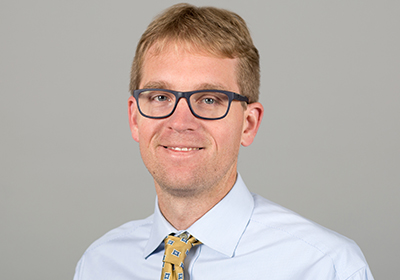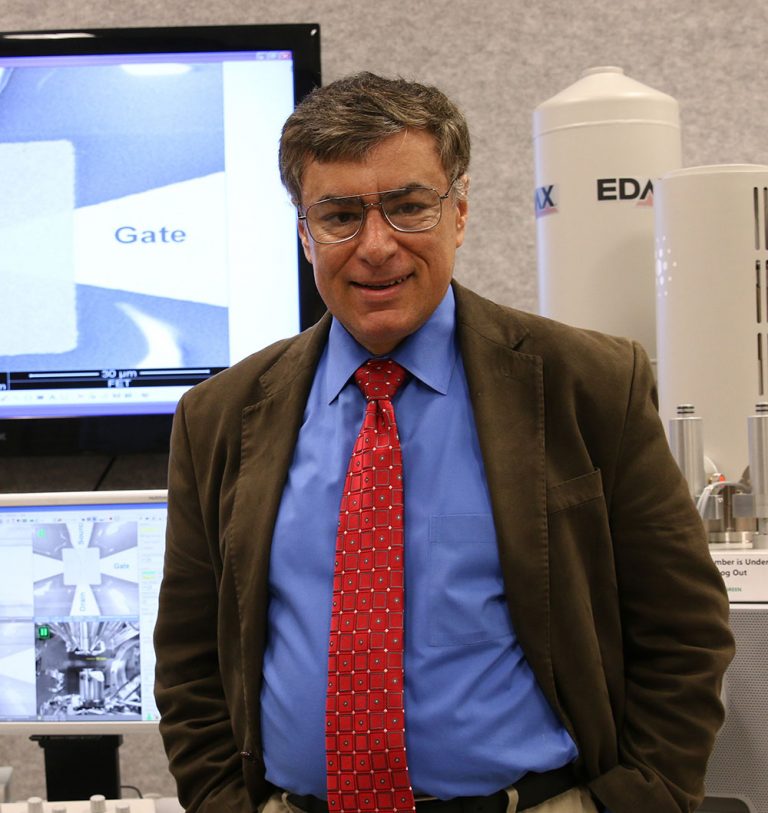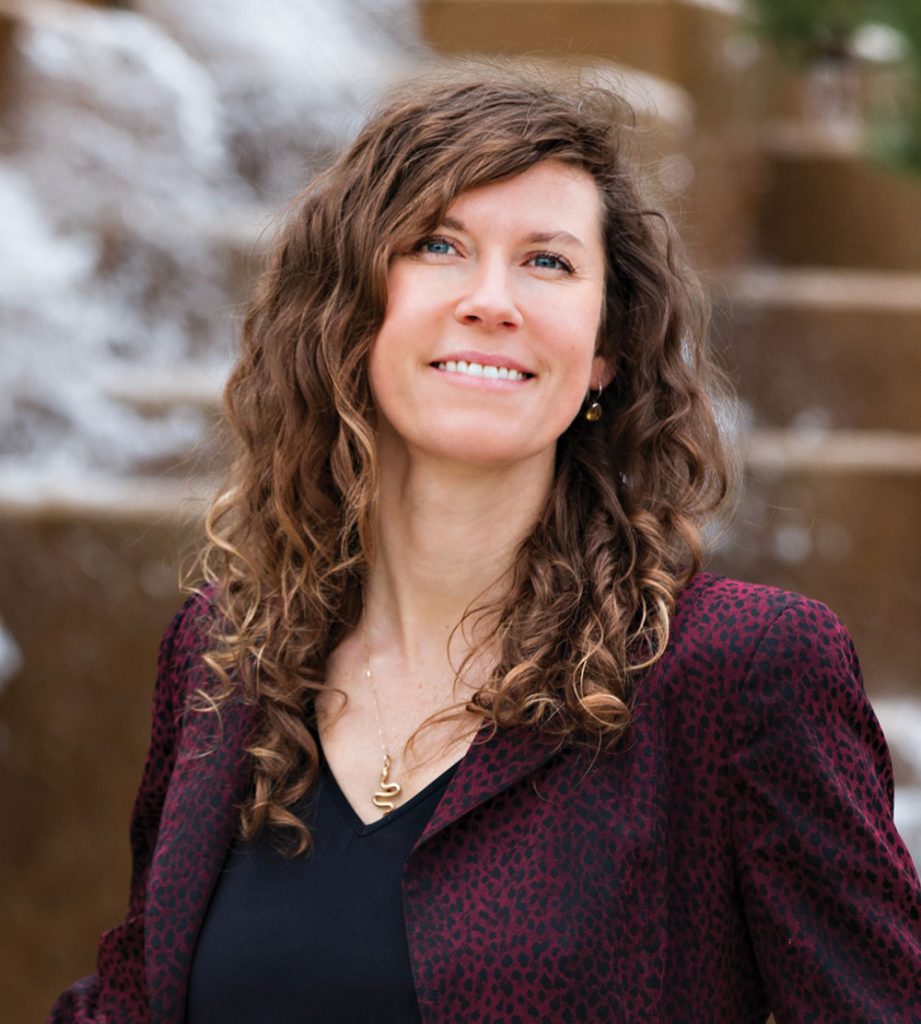Research from University of Utah’s Health and Economic Recovery Outreach (HERO) Project contributed to the Centers for Disease Control and Prevention’s (CDC) revised physical distancing guidelines that reduces the space between students in classrooms from six feet to three feet.
Utah HERO partnered with Granite School District within Salt Lake County to investigate how COVID-19 spreads in elementary schools. The study found low levels of COVID-19 transmission when students and staff wore masks and followed other prevention measures, even when students were unable to be spaced six feet apart and when community infection rates were high.
The study took place in 20 elementary schools in the Granite School District and one independent school in Salt Lake City. To determine whether a positive case was acquired in school or out of school, researchers gathered detailed histories about the positive patient, and tested their initial contacts and household members. Overall, researchers found five secondary cases that were likely due to school exposure for a rate of 7 per 1,000 contacts.
“In four or five of these cases, there were obvious breakdowns in prevention strategies, including poor mask use,” says Adam Hersh, lead study investigator and professor in the Division of Pediatric Infectious Diseases at U of U Health. “This helped us understand why transmission happened in these instances.” Researchers also found in most positive cases, transmission was more likely among members of their households than between two masked students.
Although the study looked at the risk of infection from COVID-19 in one school district, researchers say the information can be related to classrooms in any part of the country if masking and other prevention measures are in place. “In-person schooling can be done safely with multi-layer, strictly enforced prevention measures,” says Andy Pavia, chief of the Division of Pediatric Infectious Diseases at U of U Health. “It enforces and reinforces the Governor’s recommendation that we should continue masking throughout all schools in Utah and provides reassurance that we know how to keep schools safe.”
The study did not look at COVID-19 transmission out of the classroom. “When masks are on, three feet of distance between students seems to be safe,” says Hersh. “However, in circumstances where masks are off, such as lunch, it’s really important to ensure there is more spacing than three feet.” At the time of the study, extracurricular school activities were limited. Researchers say COVID-19 transmission may look very different when students are playing sports and doing other activities where the environment is not as controlled.
The study validates that COVID-19 prevention measures are working and that in-person learning can be done safely under these conditions. “We hope this provides reassurance for our school communities throughout the state and for other communities throughout the county, many of which are struggling with decisions around school opening and school operations,” says Hersh.
Statement from the CDC Morbidity and Mortality Weekly Report (MMWR):
The study from Utah published in the MMWR presented findings supportive of CDC’s revised guidance allowing for three feet of distance between children in school settings. The Utah study, one of many across the nation, affirmed CDC’s recommendation that schools should return to in-person learning and that doing so can be accomplished safely for the protection of students, teachers and communities.
“Based on available science, like the joint publication today by CDC and University of Utah, schools remain a safe place for America’s students and teachers when following CDC’s guidance,” said Victoria Chu, MD, MPH and author of MMWR article published today. “CDC remains committed to ensuring America’s children can return to in-person schooling for their well-being and development.”


